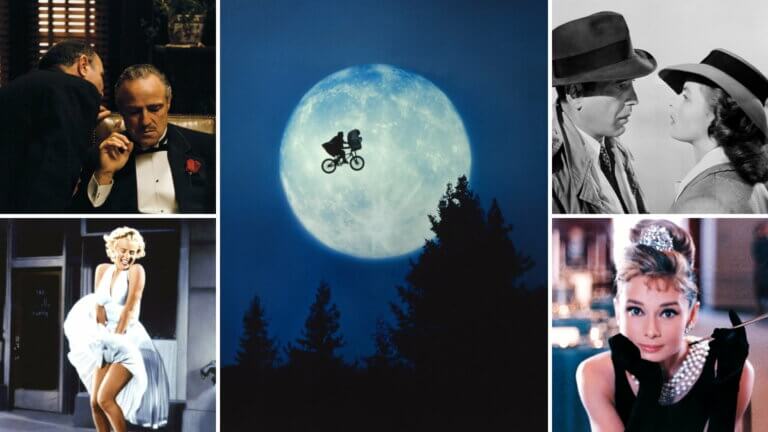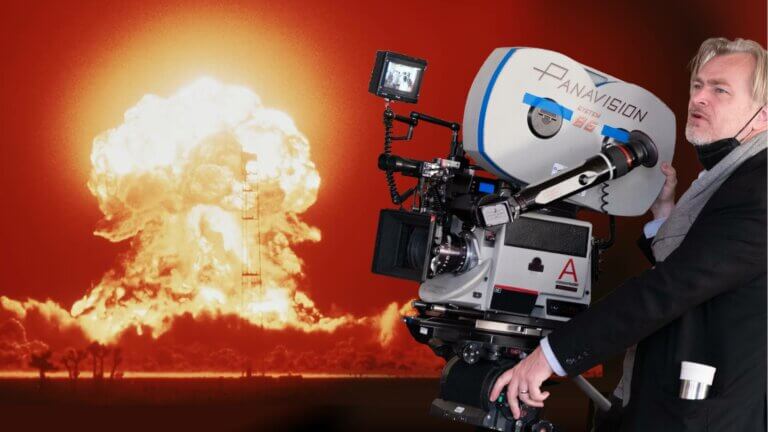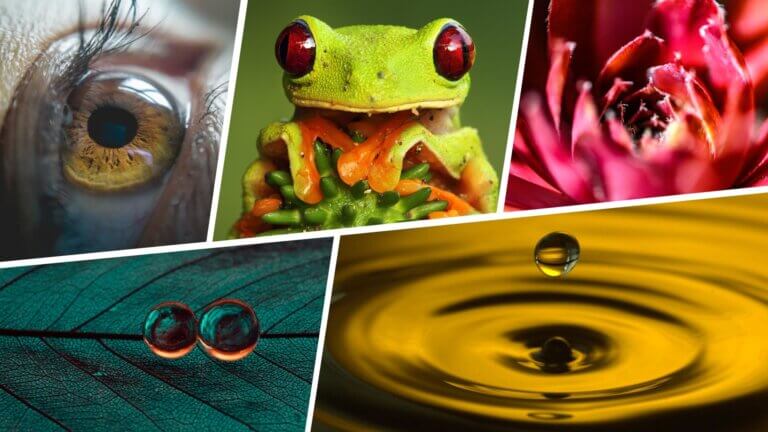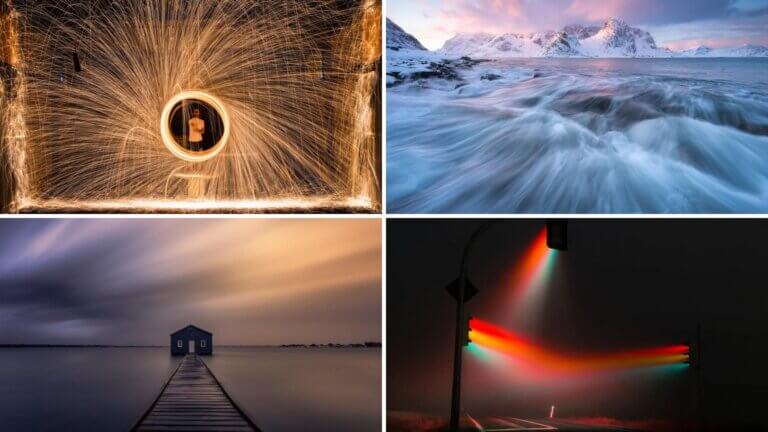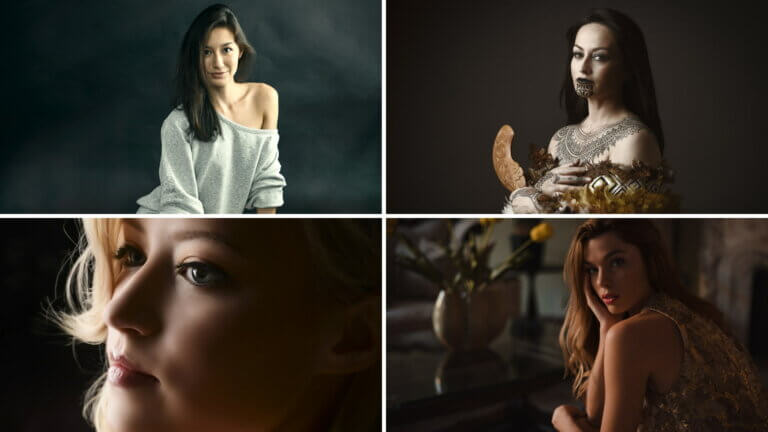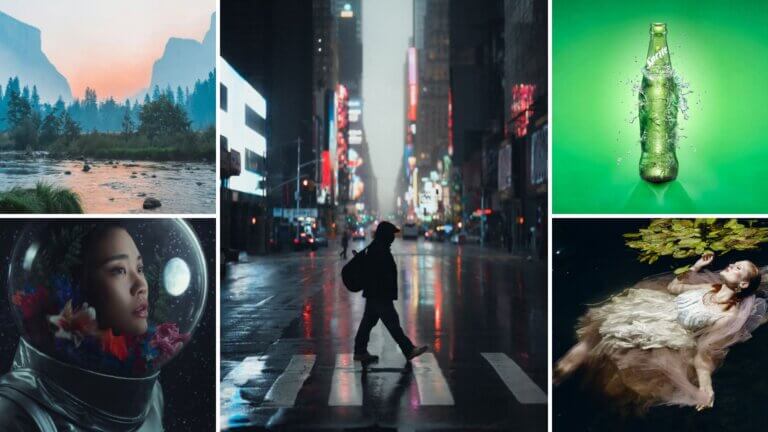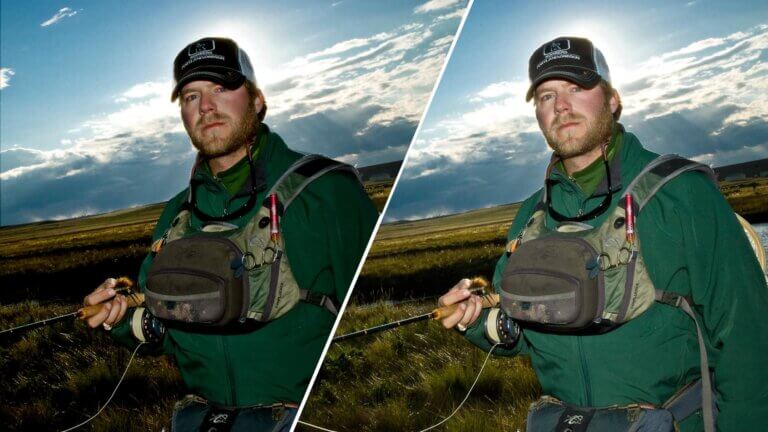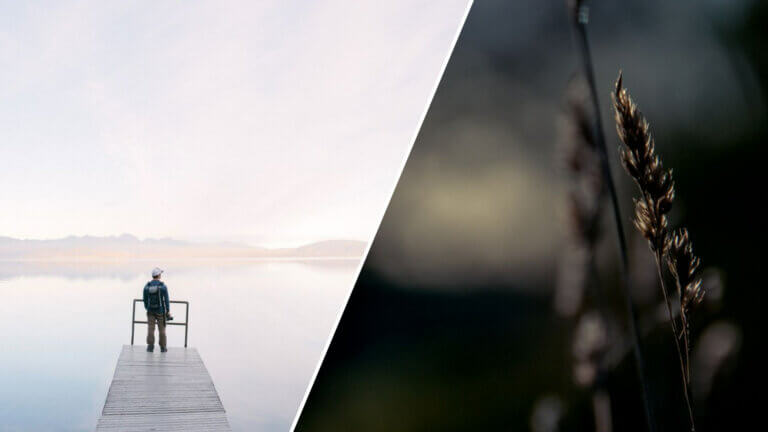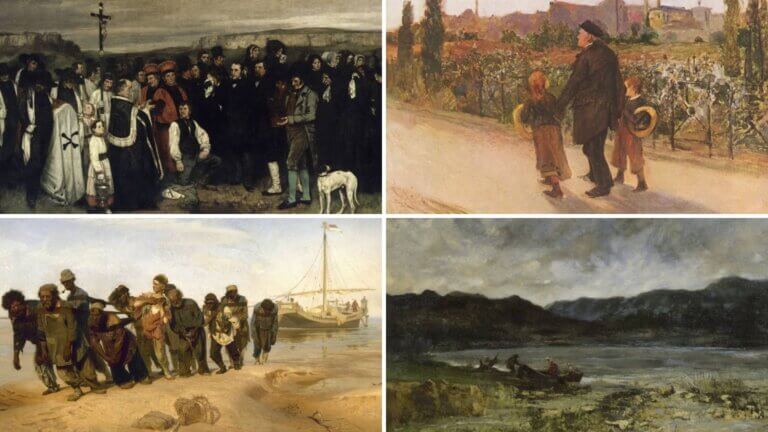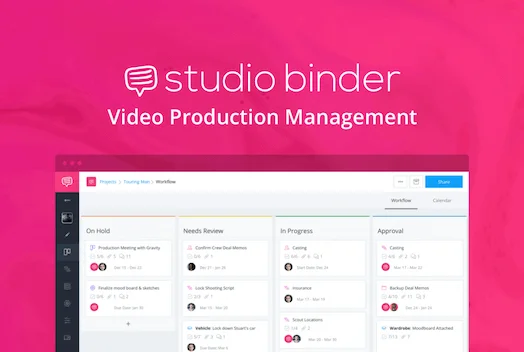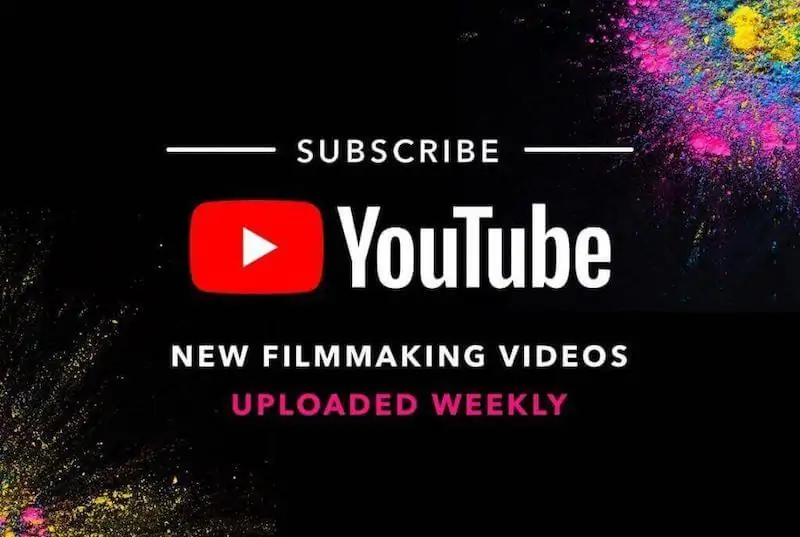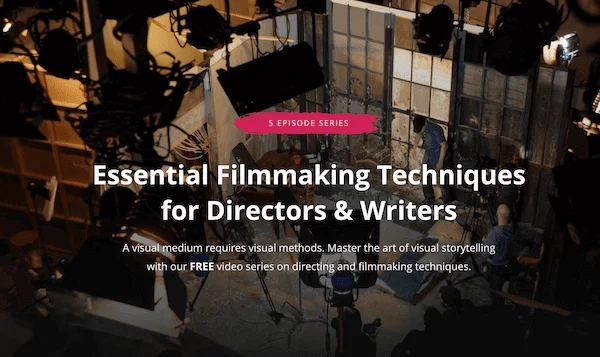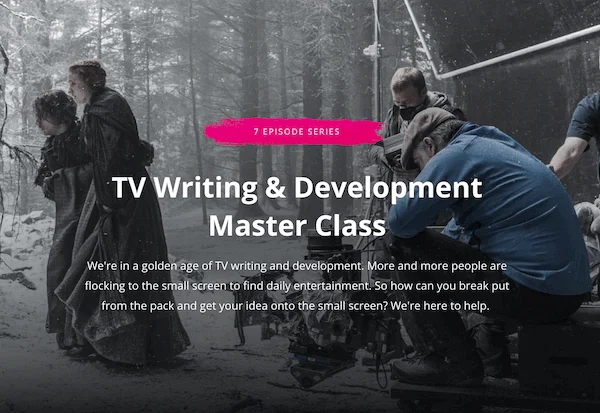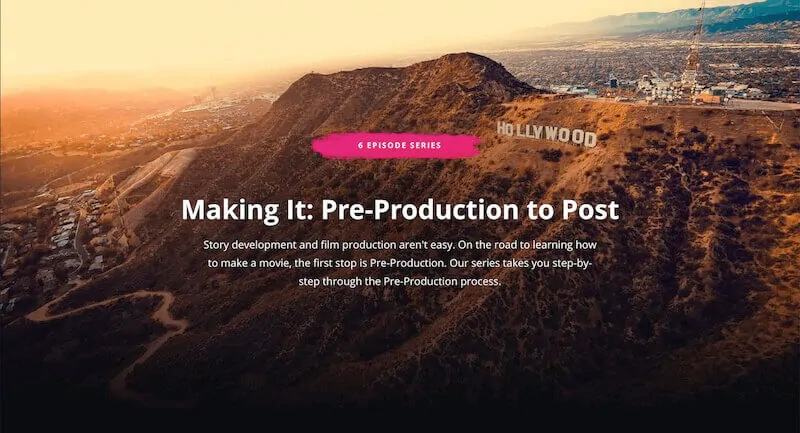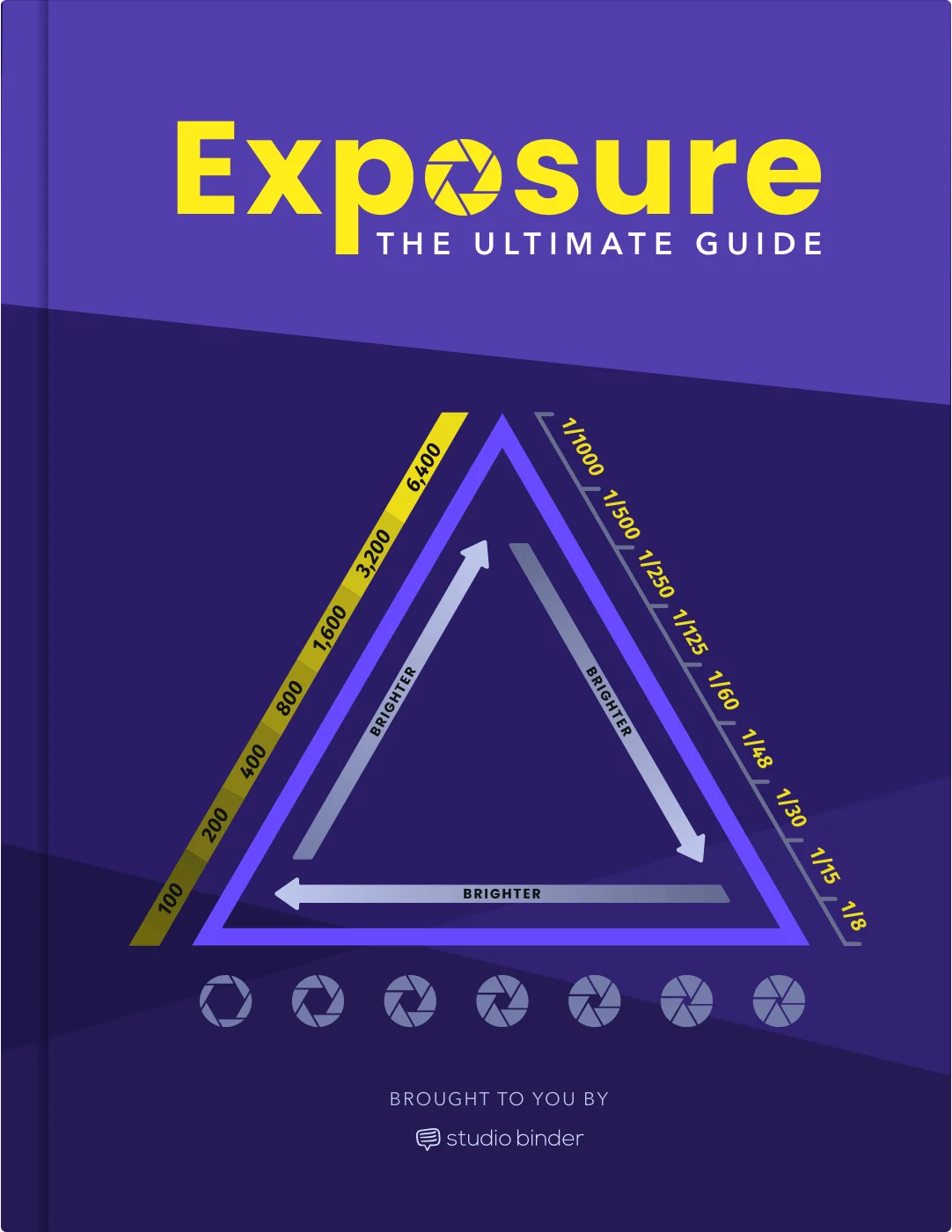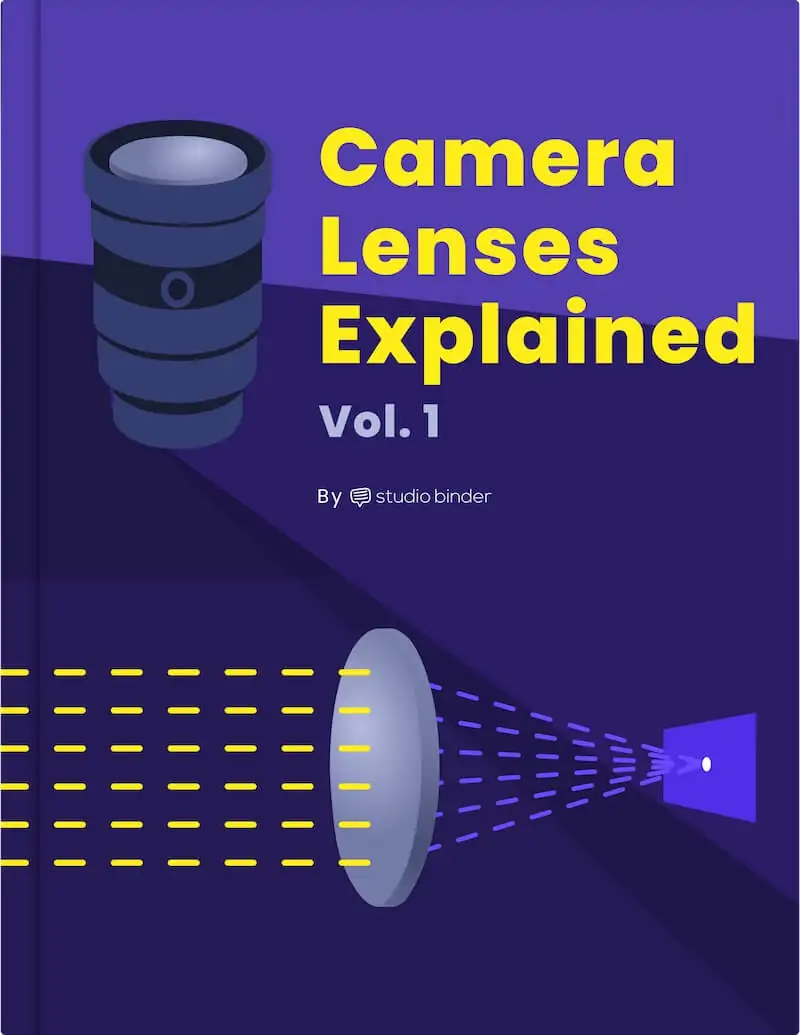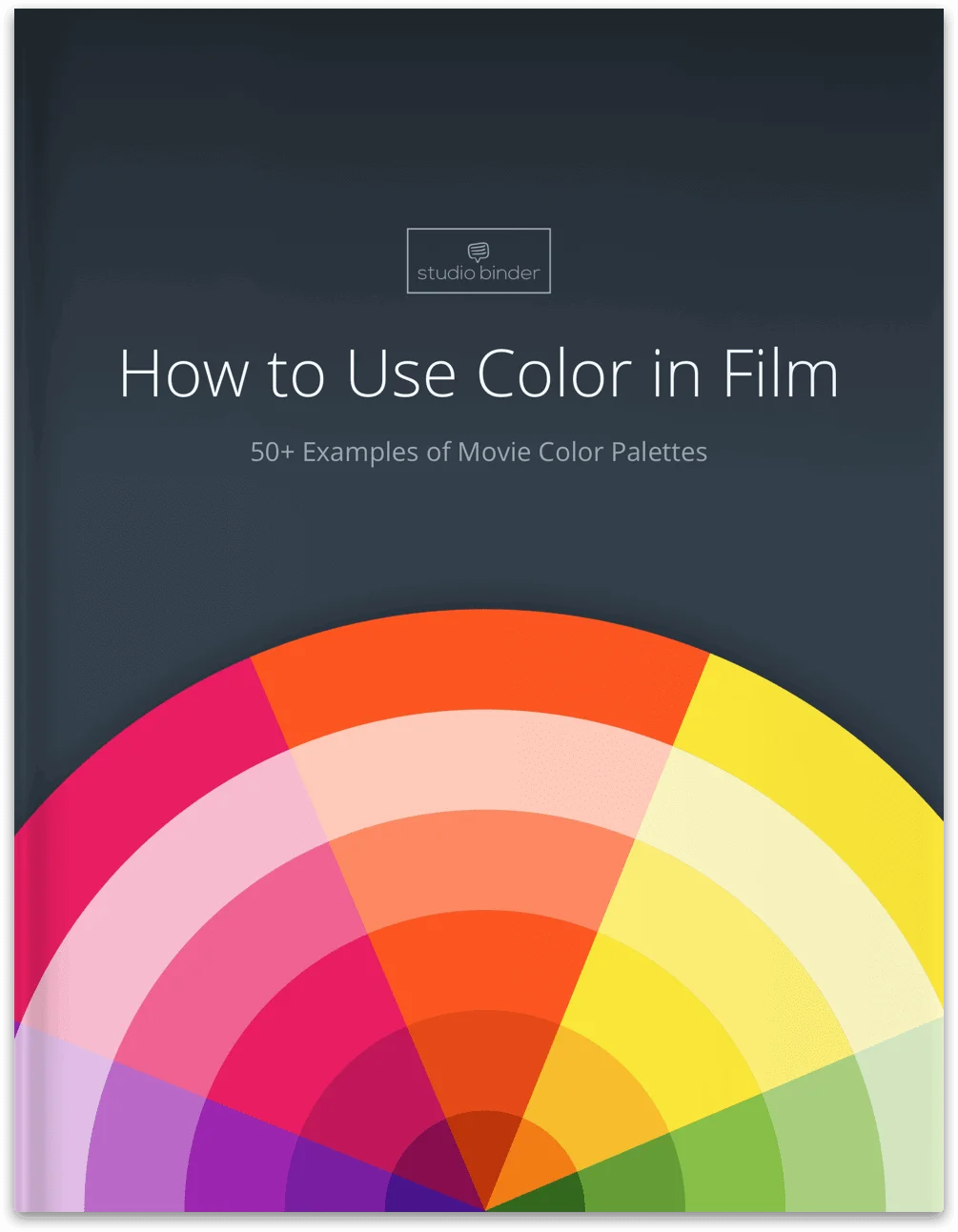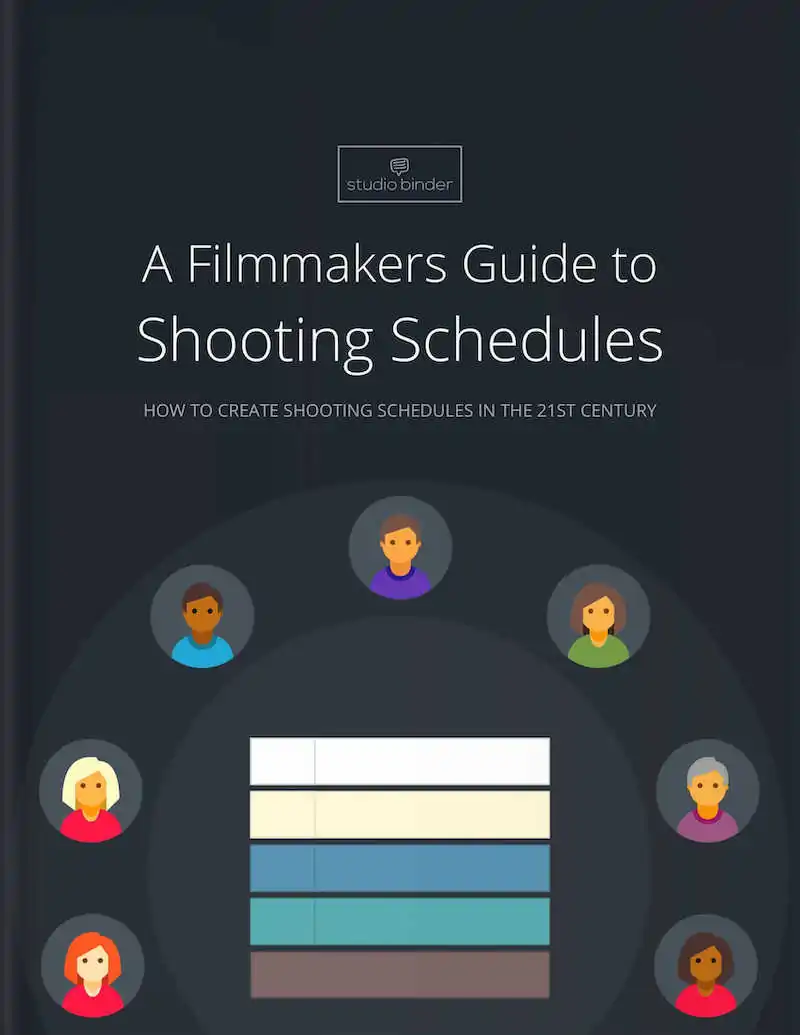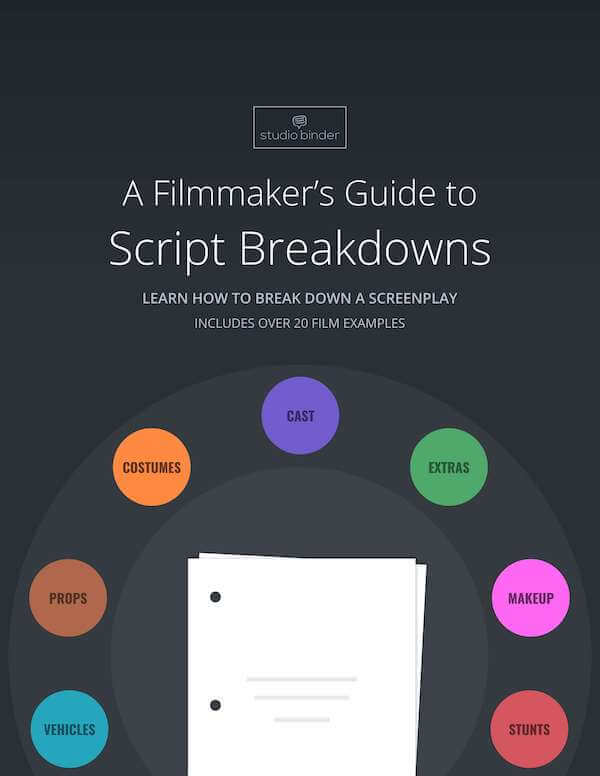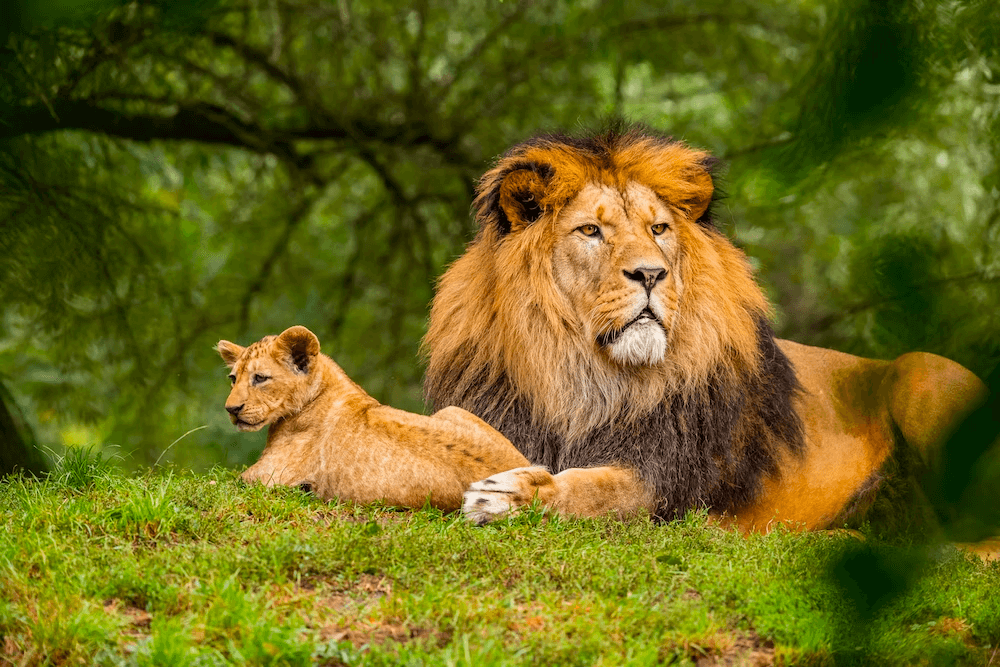Cinematography Terms Screenwriting Terms Film Terms A still is not merely a static image; it captures a single frame of a movie, encapsulating a world of emotions and stories within its boundaries. These seemingly simple snapshots hold immense power within the realm of cinema. In this article, we explore the captivating complexities of film stills — their… Continue reading What is a Film Still and What are They Used For?
I t’s no secret that Christopher Nolan is a fan of practical effects. From running a plane into an airport to building an entire rotating hallway, the man likes to do it for real. Oppenheimer is no different. Though Nolan didn’t exactly detonate an atomic bomb, the auteur utilized in-camera effects in creative and unexpected ways.… Continue reading Oppenheimer Practical Effects Explained — VFX Without CGI
I f you’ve ever marveled at the intricate details of a dewdrop on a leaf or the delicate patterns on an insect’s wings, then you’ve experienced the magic of macro photography. This photography practice allows photographers to capture the mesmerizing beauty of small subjects in a larger-than-life format. But what exactly is macro photography, and how do… Continue reading What is Macro Photography — The Art of the Tiny
I magine for a moment, you’re strolling through the bustling aisles of the digital marketplace. Your eyes are drawn to vivid, compelling images that tell a story – welcome to the world of brand photography. This form of visual storytelling is not just about pretty pictures; it’s an essential tool businesses use to connect and resonate… Continue reading What is Brand Photography — How it Impacts Business
L ong-exposure photography, a magical intertwining of time and light, holds the potential to transform ordinary scenes into ethereal landscapes. It’s an intriguing blend of art and science that stretches the realm of possibility, capturing moments beyond what our eyes can perceive. As we delve deeper into this fascinating world, we’ll unravel the secrets behind these mesmerizing… Continue reading What is Long-Exposure Photography — Art of Time & Light
G lamour photography is a genre that has not just captured but captivated audiences with its unique blend of beauty, elegance, and allure. It is a genre that has been around since the early days of photography, but its popularity has skyrocketed in recent years. In this article, we dive deep into what makes this realm… Continue reading What is Glamour Photography — The Art of Elegance & Allure
P hotography is constantly shape-shifting. A photograph can be taken in endless ways, and photographers are always looking for new boundaries to break in the medium. Knowing different types of photography will allow your own excursions into the medium to be all the more fruitful.Continue reading Types of Photography — Styles, Genres & Techniques
Have you ever tried to capture a beautiful moment on camera, only to be disappointed by harsh shadows or poorly lit subjects? This is where fill flash in photography comes into play. It’s not about overpowering your photos with a bright flash, but rather using it subtly to balance out the lighting and eliminate unwanted… Continue reading What is Fill Flash — Photography Tips & Techniques
BasicsOpen menu Basics of Film Lighting What Does a Cinematographer Do What is Cinematography What is Digital Cinematography Cinematography Terms What is Motion Blur Lighting EssentialsOpen menu 3-Point Lighting What is Key Light What is Fill Light What is Backlight What is Practical Lighting When is Golden Hour E-BooksOpen menu FREE Ebook: Camera Lenses Explained… Continue reading Overexposure vs Underexposure — How to Work With Both
Picture this: you’re at an art gallery, and you come across a painting that looks so real, you feel like you could step right into it. Well, you’ve probably stumbled upon a work of Naturalism. But what exactly is Naturalism in art? How did it emerge, and what sets it apart from other art movements? Continue… Continue reading What is Naturalism in Art — History, Style & Examples
